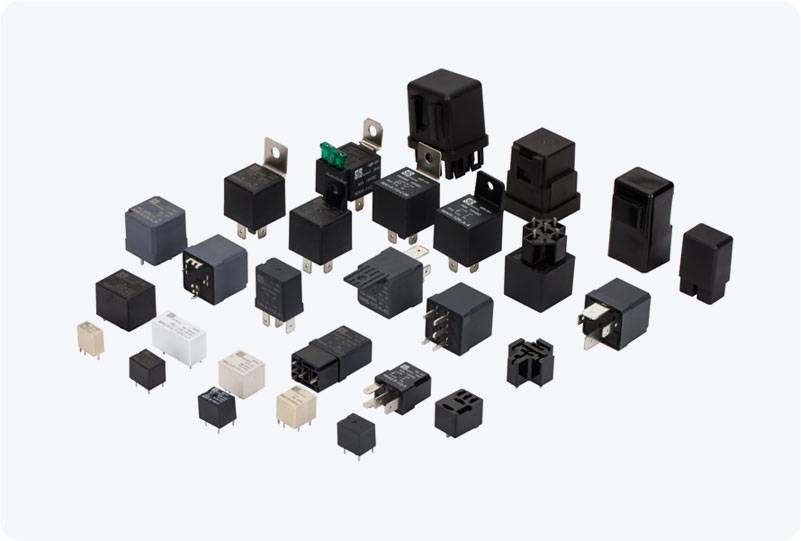automotive relay in extreme temperature: challenges and solutions
Release time:2025-11-09 10:23:43
Automotive relays play a crucial role in modern vehicles by controlling various electrical systems such as lights, fans, power seats, and safety features like ABS and air conditioning. These relays operate as electrical switches, managing high-current systems by using a lower current to activate or deactivate a circuit. However, one of the major challenges Automotive relays face is functioning under extreme temperature conditions. Whether in scorching summer heat or freezing winter cold, relays must remain reliable and durable. This article explores the impact of extreme temperatures on Automotive relays and the solutions implemented to overcome these challenges.

The Impact of High Temperatures on Automotive Relays
High temperatures, especially those exceeding 100°C (212°F), pose significant risks to the performance and longevity of automotive relays. Under such conditions, the materials used in the construction of relays, such as plastics and metals, can undergo thermal expansion, potentially causing deformation or malfunction.
One of the main issues associated with high temperatures is the degradation of the relay's contact points. These metal contacts are essential for completing electrical circuits, and exposure to elevated temperatures can lead to oxidation or wear, which results in poor electrical contact. This can cause the relay to fail, resulting in the malfunction of various vehicle systems.

